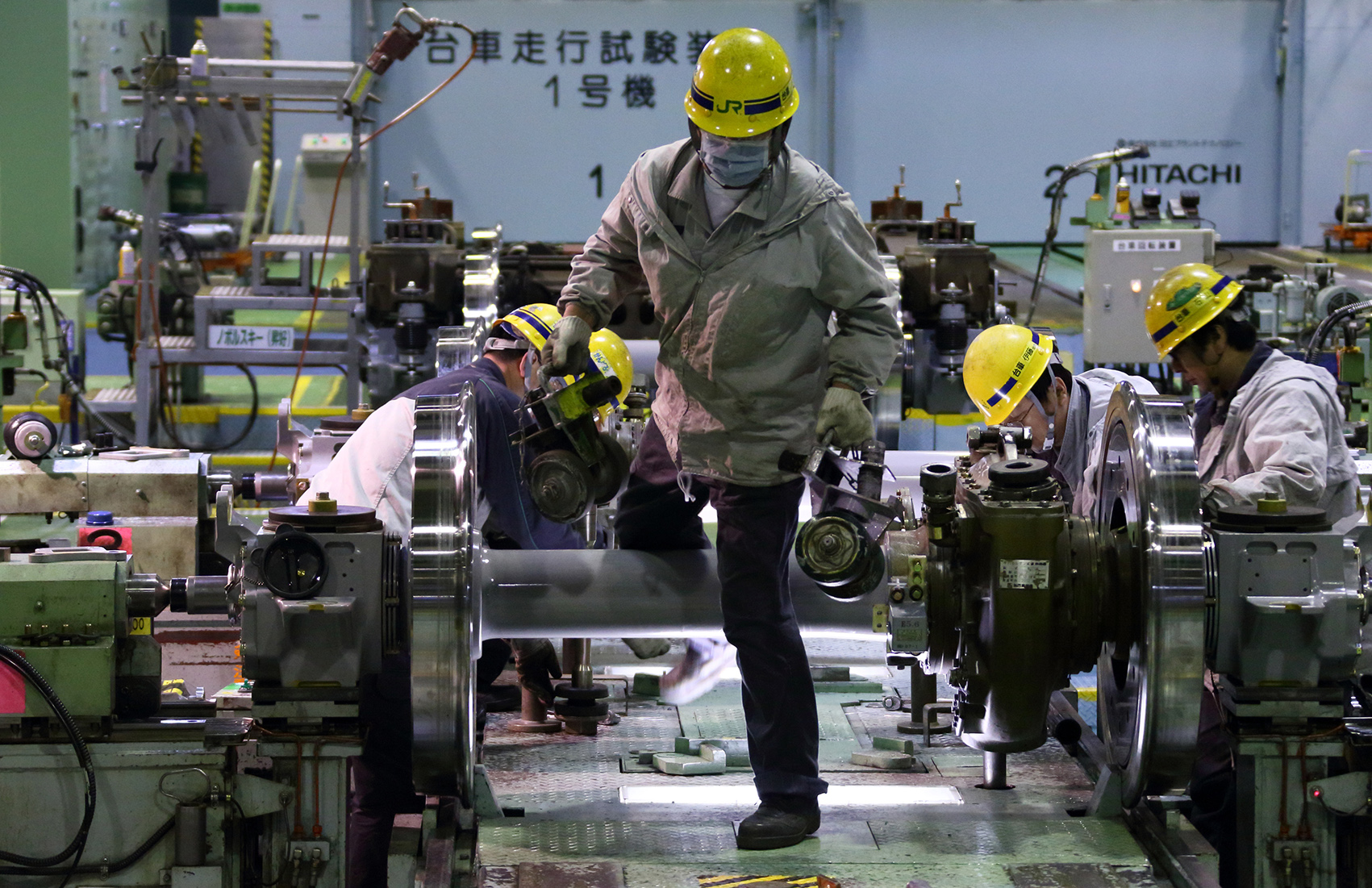Japan's industrial output fell less than expected in September and companies expect output to rise in October—keeping the economy on an expansion path.
Labor demand remained at the strongest level in 43 years, but household spending unexpectedly fell in September, raising some concern about the lack of impact a tight jobs market had on consumer spending, Reuters reported.
"Industrial output fell due to temporary weakness in China's economy, but global demand remains solid, so output will rise in the future," said Daiju Aoki, regional chief investment officer for Japan at UBS Securities.
"Consumer spending looks a little weak. It's important for the Bank of Japan to see a recovery in consumption. Unless this happens, the BoJ could lower its growth forecasts in the future."
Industrial output fell 1.1% in September because of a fall in output of memory chips, equipment to make flat panel displays, and heavy machinery used in construction, trade ministry data showed on Tuesday. The fall was the largest in four months but still less than the median estimate for a 1.5% decline.
Manufacturers surveyed by the trade ministry expect output to rise 4.7% in October and fall 0.9% in November.
General and production machinery makers were also weak, down 2.4%. The index of industrial shipments fell 2.6% to 99.2 and that of inventories was unchanged at 107.3.
Labor Demand Highest in 43 Years
The jobs-to-applicants ratio also held steady at 1.52 in September from the previous month, showing labor demand remains at the strongest in 43 years. The median estimate was for 1.53. The ratio was stable for the third consecutive month in September, the highest level since February 1974, the Health, Labor and Welfare Ministry said Tuesday, Jiji Press reported.
The unemployment rate was at 2.8% in September, standing at the same level for the fourth straight month, the internal affairs and communications ministry said. In the reporting month, the number of job openings increased 0.3% from the previous month, while that of job seekers rose 0.1%.
For regular staff positions, the ratio of job openings to seekers edged up 0.01 point to 1.02, topping 1 for four months in a row. The number of job openings was up 0.5% and that of job seekers flat. The number of jobless people rose by 20,000 from the previous month to 1.88 million after seasonal adjustment.
Those who voluntarily quit for better positions increased 10,000 and the number of those who left involuntarily was up 30,000.
Household Spending Down
Household spending fell 0.3% in September from a year earlier in price-adjusted real terms, compared with economists' median estimate of a 0.7% annual increase. The decline was due to lower spending on golf, travel, air-conditioners and refrigerators, the data showed.
Domestic demand was brisk in the first half of the year, but the weaker-than-expected household spending data suggests it is now losing some momentum.
Economic growth has been slow to translate into higher consumer prices, which is frustrating the BoJ's efforts to reflate the economy.
Core consumer prices rose 0.7% in September from a year ago, well away from the BoJ's 2% inflation target.
BoJ Cuts Inflation Forecast
Japan's central bank cut its annual inflation forecast on Tuesday but kept its ultra-loose monetary policy unchanged, even though overseas counterparts have started turning off the stimulus taps.
The Bank of Japan also maintained its 2% inflation target—seen as crucial in a long battle against deflation that has hobbled the once-booming economy. Japan's inflation rate came in at 0.7% in September.
The BoJ slashed its inflation forecast to 0.8% for the fiscal year through March 2018 from an earlier 1.1% estimate, and also slightly trimmed its projection for the following year to 1.4%.
The bank's widely expected decision to leave its record stimulus unchanged came days after the European Central Bank took the first step towards ending years of massive support to the eurozone economy.
BoJ Governor Haruhiko Kuroda on Tuesday stood behind the bank's massive monetary easing program, a cornerstone of Prime Minister Shinzo Abe's campaign to kickstart growth in the world's number-three economy, dubbed Abenomics.
"There is no change to the Bank of Japan's plan to continue robust monetary easing in order to achieve the 2% target," he said.


